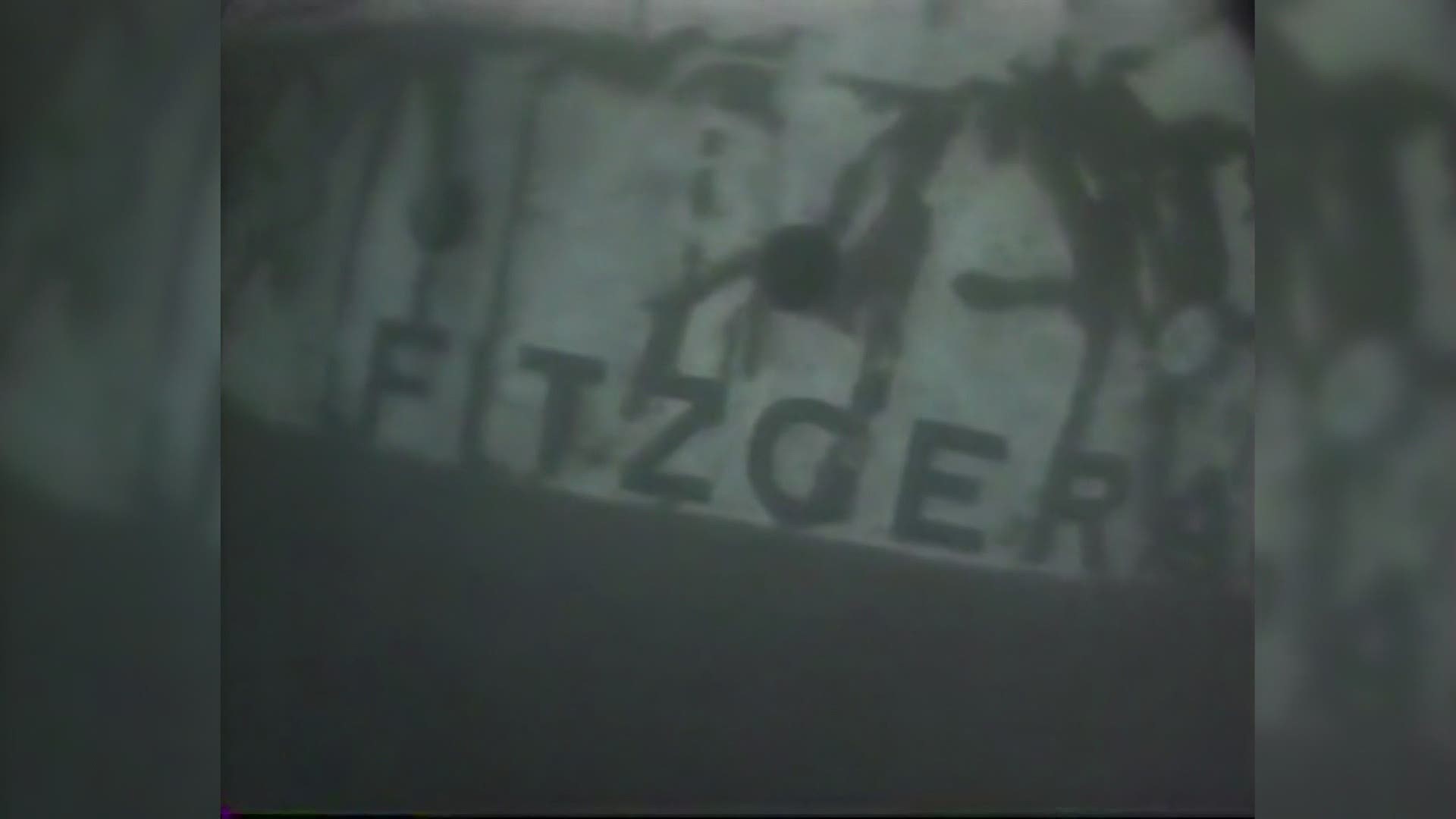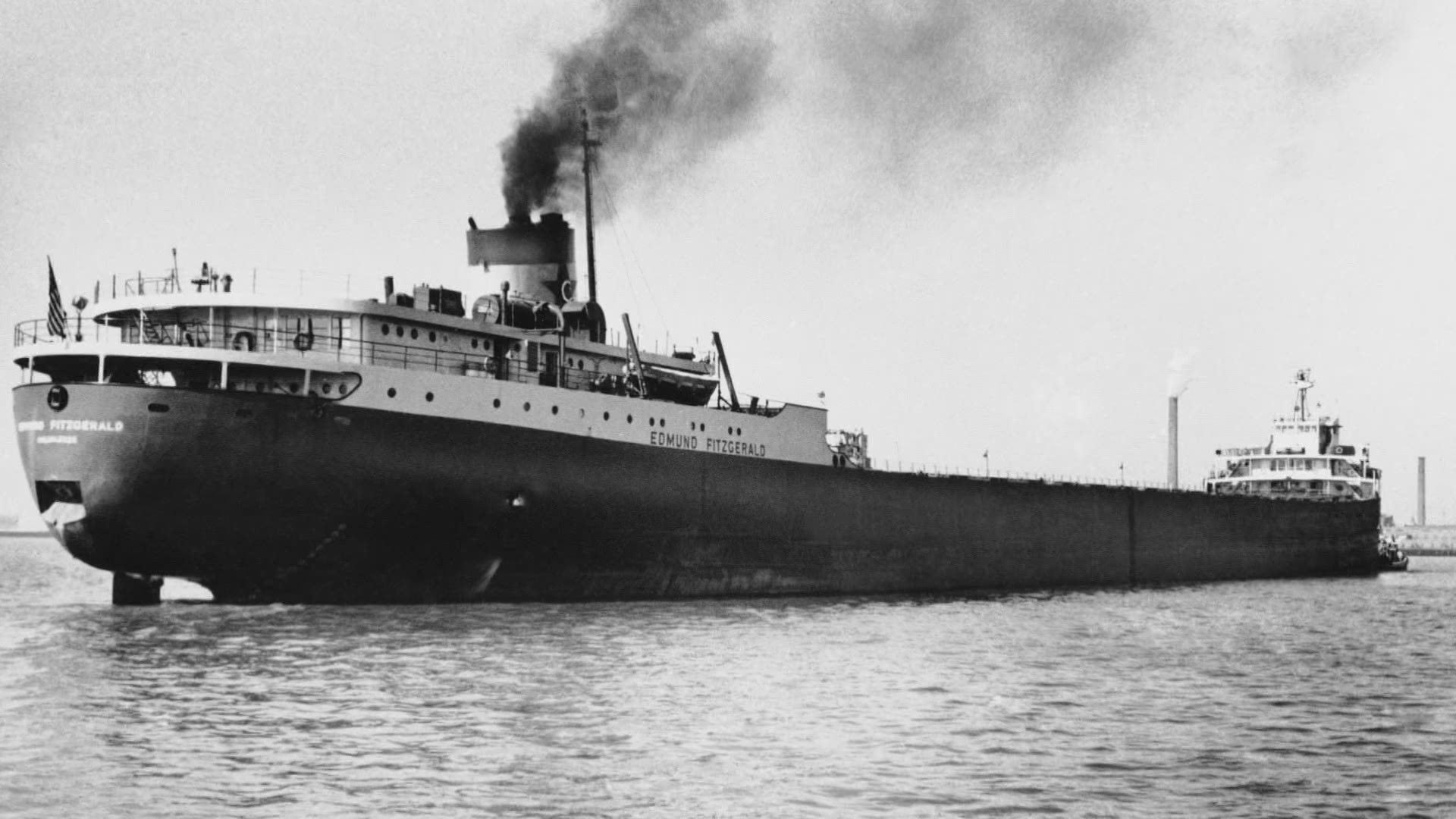GRAND RAPIDS, Mich. — Nov. 10, 1975 will live in infamy in Michigan maritime history.
It's the day the Edmund Fitzgerald got caught in a storm, got torn apart in 30-foot waves, and sank to the depths of Lake Superior — 530 feet below the surface, to be exact — taking 29 souls with her.
On the 45th anniversary of the Fitzgerald's sinking, a Michigan maritime documentarian recalls his dive to the wreck site, and the one image that continues to haunt him.
"Honestly, it happened on a day like today," said Ric Mixter, who is referring to the unseasonable weather that's happening currently in Michigan. "Extreme warm weather in Michigan seems to always be followed by a sudden cold front and that's what happened to the Edmund Fitzgerald 45 years ago."
If there was ever to be a Mount Rushmore of Great Lake's maritime historians, Ric Mixter would certainly be carved into it. He has written and hosted over 30 shows on PBS stations airing all around the Midwest and Canada, and he's been featured as an expert on Discovery and History Channels. His touring shipwreck show "STORM" has appeared to sold out audiences in 16 cities. Mixter is a board member at the prestigious Great Lakes Shipwreck Historical Society and is the president of the Great Lakes Lighthouse Keepers Association.
In July of 1994, Mixter was offered an opportunity to board a submersible vehicle and to travel to the bottom of Lake Superior to investigate the wreck site of the Edmund Fitzgerald.
"I think back to the journey, it was a roller coaster for us," said Mixter. "I was super excited that we were going on the largest shipwreck on the Great Lakes."
Mixter rode a submersible called the "Delta," and when he got to the wreck, he couldn't believe what he saw.
"I'd seen pictures of the Edmund Fitzgerald but had no idea how intact it was," said Mixter. "The bow section looks like it could still sail, and as you went through and saw the damage, especially on the port side, it was very sobering.
"The freighter is buried in the mud. It came down with such force."
Mixter says he spent close to an hour and a half surveying the Fitzgerald wreck site.
"I saw everything from the letters of the Fitzgerald to the pilot house to a blanket hanging out of a window," said Mixter. "As we rose up over the first hatch where I could see the hatch cover still in there, I was blown away because I knew the Coast Guard report said that several of those covers where that, and that was the big clue as to what those final moments were like.

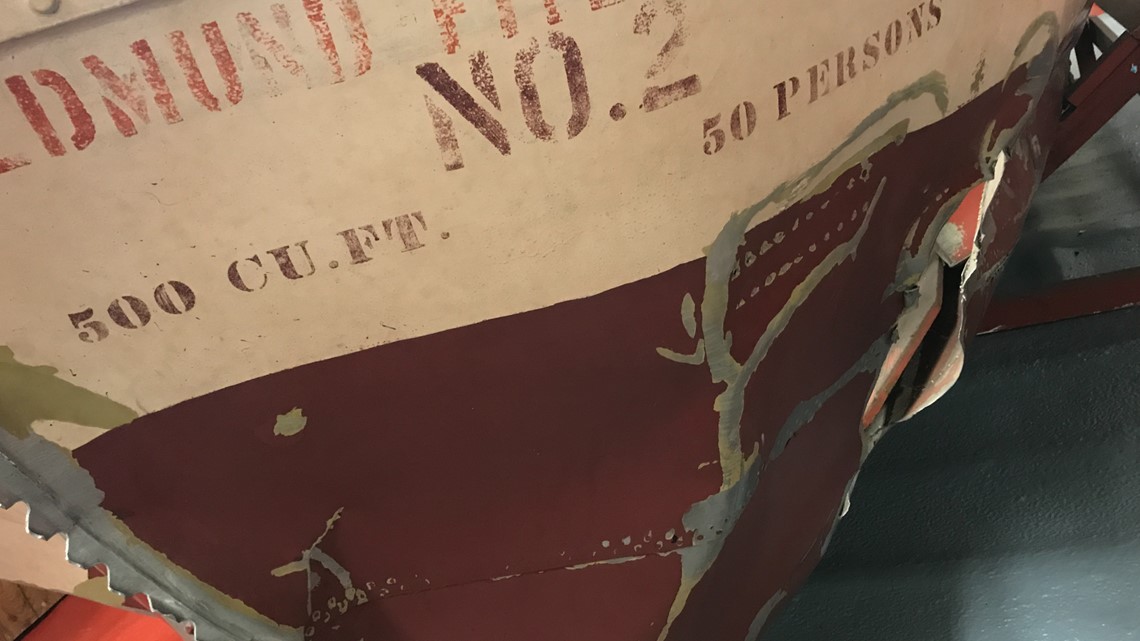



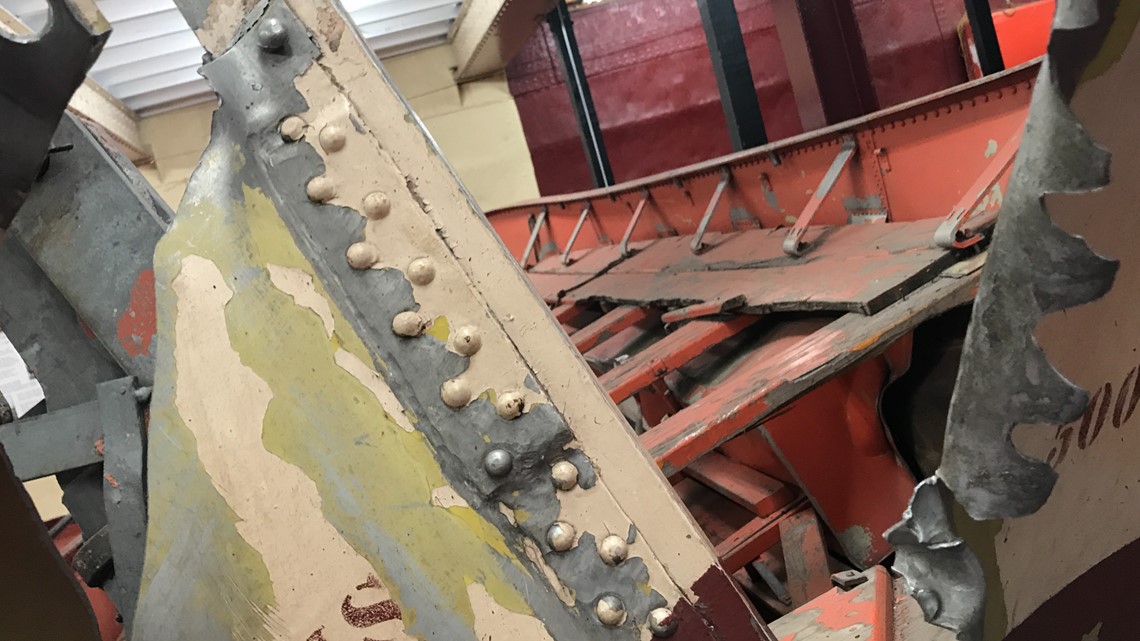

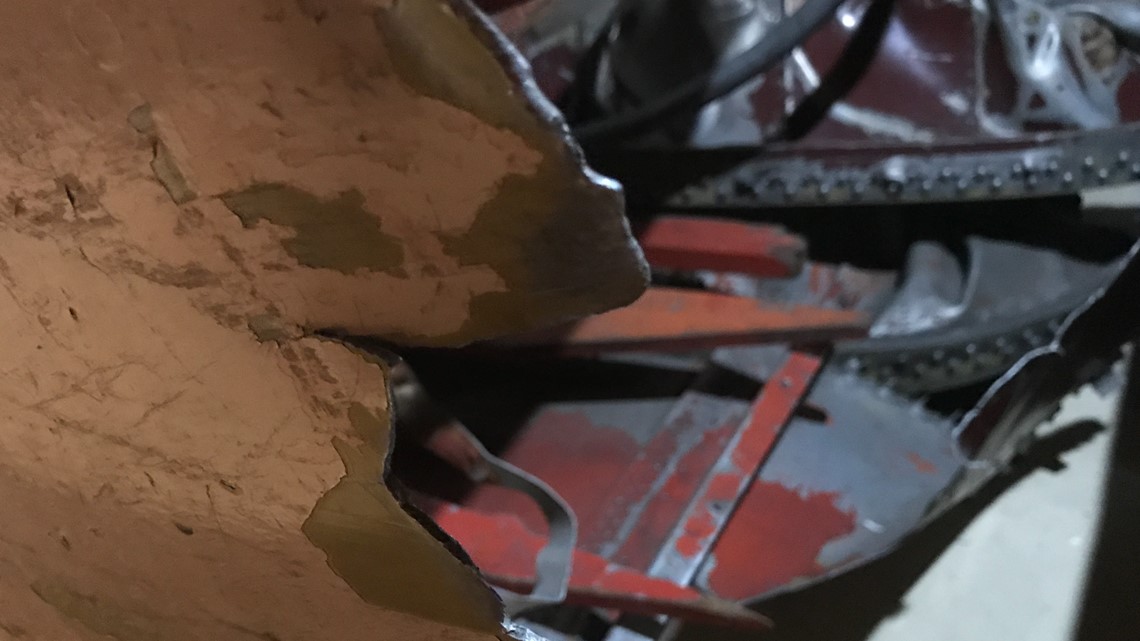
"As we went to the very bottom of the lake, and around the bow section, you could see the prow of the ship and its thick steel bent over 90 degrees from that collision with the bottom."
During his dive, Mixter also says he saw something he wasn't prepared to see, something that's haunted him to this day.
"We discovered the first missing crewman," said Mixter. "No one ever talked about finding a body down there.
"There were these mysterious blocks that were on the body that looked like bricks, but later we figured out that was a life vest. We never went back to that site after that. That was hallowed ground to us, and we never attempted to get inside the ship."
Since its launch in 1958, the Edmund Fitzgerald had carried taconite iron ore from mines near Duluth, Minnesota, to Great Lakes ports such as Detroit and Toledo.
"The Fitzgerald hit the bottom with such force that it ripped the deck that had the hatches away from the hull," said Mixter. "So, there's a massive gap that inside the top that's going to the portside of the ship.
"That's from the momentum of 26,000 tons of taconite pushing forward when she hit the bottom."
26 years after his dive to the Edmund Fitzgerald, and given all that he saw, Mixter says he'd go back to the wreck site in a heartbeat.
"I'd go back tomorrow," said Mixter.
Related video:
►Make it easy to keep up to date with more stories like this. Download the 13 ON YOUR SIDE app now.
Have a news tip? Email news@13onyourside.com, visit our Facebook page or Twitter. Subscribe to our YouTube channel.

